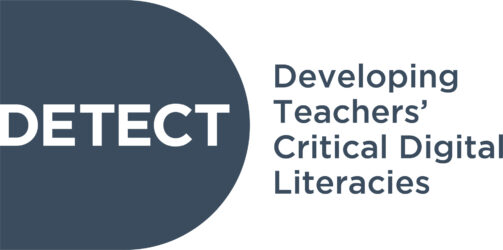The presentation introduces the subject of social media use and well-being. There are questions to be discussed with the students, such as: How do you use social media? Why do you use social media? How often do you comment on posts on social media? What kind of photos or other pictures do you use on social media? The purpose of the presentation is to evoke a student’s thinking about her or his own use of social media
- social media, well-being
- Media, Literacy
- text | video | image
- text: presentation
- PPt
- Arja Kangasharju and Toni Rantaniitty
- Attribution – Only noncommercial uses – Share Alike (CC BY-NC-SA)
- https://www.detectproject.eu/wp-content/uploads/2021/11/Uudempi-versio-some-hyvinvointidioista.pdf

